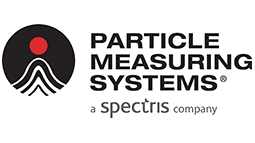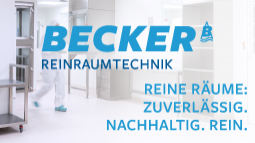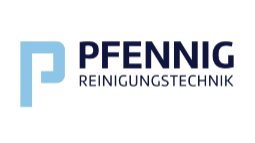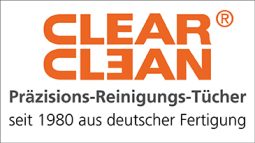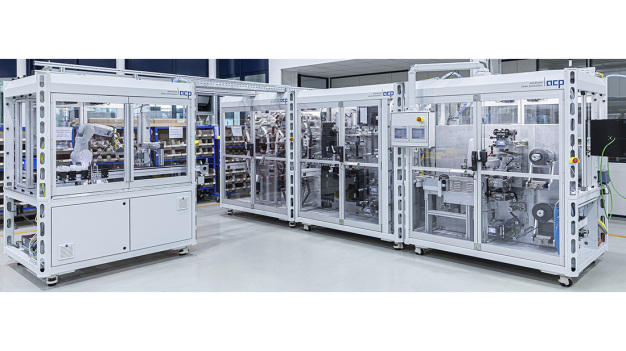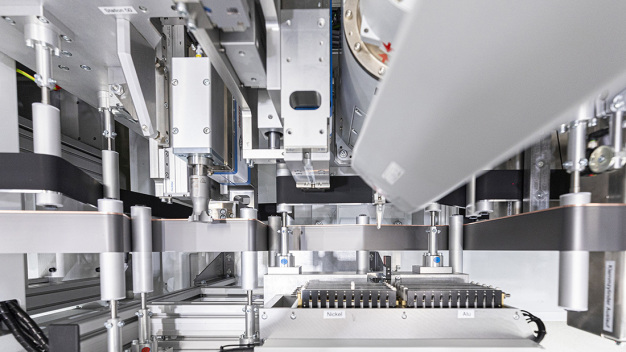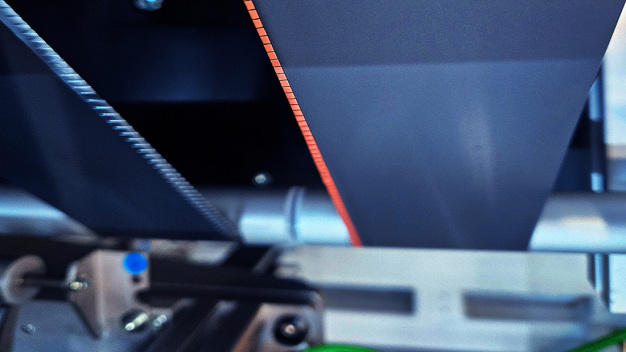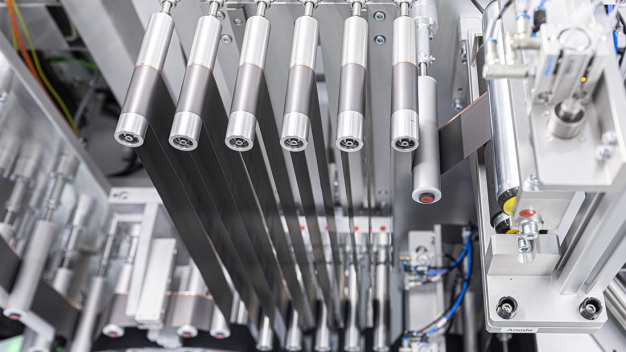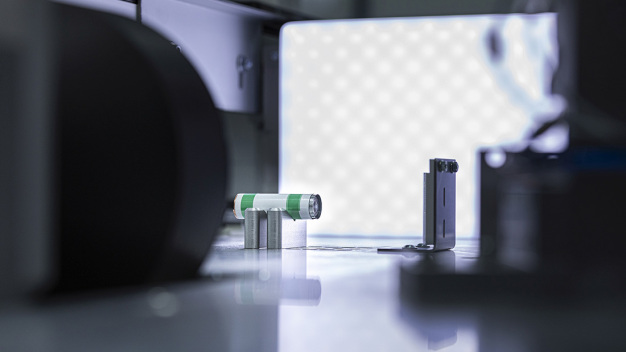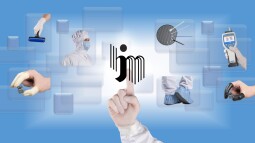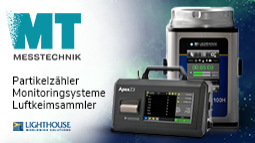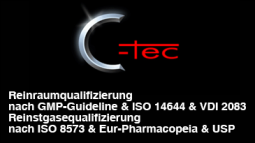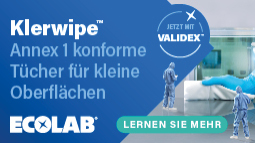- Products, devices, systems, plants for applications
Highly flexible, automated and digitized jelly roll production with various testing options
Innovative winding machine for cylindrical battery cells offering a unique range of formats and contacting possibilities
Battery cells are crucial for energy storage in e-mobility and other applications - and a major cost factor. In order to reduce reject rates significantly, improve quality and develop innovative cell designs, an automated and digitized production line for cylindrical battery cells has been developed at the Center for Digitized Battery Cell Manufacturing ZDB at Fraunhofer IPA. A core element of this is the fully automated system from acp systems for manufacturing jelly rolls in a range of formats and designs, including a variety of testing options.
The traction battery accounts for around 40 percent of the costs of an electric car. Accounting for up to 80 percent, battery cells are the most expensive component, with cylindrical cell formats becoming increasingly popular. Their manufacture, which can be roughly divided into the following steps of electrode production, winding & assembly, electrolyte filling & forming, is extremely complex. High reject rates are therefore a problem. Conservatively estimated at 10 to 15 percent, this amounts to between 100 and 150 million cells per year in a gigawatt-hour factory. Consequently, there is enormous scope to cut costs. Another potential cost-saving area is innovative cell formats and designs for round cells. To fully exploit these possibilities, production processes need to be adapted and further developed, taking into account economic and ecological aspects.
Improving quality with digitized, networked processes
This is one of the areas of expertise of the Center for Digitized Battery Cell Manufacturing ZDB, which was founded in 2018, at the Fraunhofer Institute for Manufacturing Engineering and Automation IPA. “We felt that by automating, digitizing and networking the entire value chain in production, individual processes can be optimized, and rejects can be identified earlier and more effectively using feedback and sensor information. This improves the quality of the cells and cut costs significantly,” reports Prof. Kai Peter Birke, Director of Battery and Hydrogen Systems and Storage Technologies at IPA. To this end, a complete, digitized and networked production line for manufacturing cylindrical cells for lithium-ion and sodium-ion batteries has been developed at the ZDB. The line not only enables production processes to be optimized for existing cell formats and adapted for new cell formats up to 46xx, but also allows corresponding prototypes to be manufactured in small series of up to1,000 units.
Various formats and designs for winding jelly rolls inline
The centerpiece of the production line is the versatile winding system for producing jelly rolls in different formats and designs, which was developed together with the machinery & equipment manufacturer acp systems. “We also discussed this task with other equipment manufacturers but found that they were unable to respond to our specific requirements and wishes and start a joint development,” recalls Kai Peter Birke. One of the requirements was that the machine must be able to wind jelly rolls for very small battery cells as well as for very large ones. In addition, the machine had to be able to integrate various solutions for inline contacting/current collection (tabs), with welded tabs as well as tabless notched design (with laser notches) and tabless continuous design (without laser notches). It was essential that the contacting solutions could be combined as required. The machine also had to include different options for testing the quality of the jelly rolls and be able to process all common materials used in the manufacture of high-performance round cells.
Modular system concept for the various process steps
The result was a modular system concept with a total of four stations. The coils holding the anode and cathode sheets are located in the first module and are first unwound in parallel next to each other in a specific way. During each process step, web edge control systems ensure that the sheets are always guided precisely into position.
The current collectors are also contacted in the first station. To do this, a robot places tabs on the anode and cathode, which are then joined using an ultrasonic welding head. The second module includes a laser cutting system for notching, which can be used to notch both the anode and the cathode. It also features an integrated deflecting device that moves the electrode sheets laterally into the winding plane so that they run over each other into the third module without touching. This module contains two further coils holding the separator films. The actual winding process starts by inserting the separator films into the core of the roll. After a few turns, the anode sheet is inserted between the two separator films from above. A gripper then inserts the cathode sheet into the core. Once this is completed, the winding process starts. In the last module, the jelly rolls first undergo a high-voltage test, known as the hi-pot test, to rule out any subsequent short circuits in the cell. This is followed by an optical inline inspection; here, the dimensional accuracy of the cell is checked with regard to winding geometry and position of the current collector. Cells that have passed both tests are placed in a workpiece carrier and forwarded to the next production step. Cells that are not up to standard are automatically taken out of the line. “Thanks to the very close and open - as well as direct and uncomplicated - cooperation with acp, we have received a machine that exactly meets our requirements. The machine provides us with an optimal basis for developing a system for dosing electrolytes next,” notes Kai Peter Birke.
Modularity ensures optimal adaptation to individual requirements
The modular winding system also offers advantages when it comes to the mass production of cylindrical battery cells. It can be used to manufacture coils with a diameter of up to 60 mm and a maximum length of 110 mm. Winding speeds up to 2.5 meters/second can be achieved. The various contacting solutions and test options can be adapted to any company-specific requirements. Furthermore, an additional dry and residue-free cleaning process can be integrated in a space-saving manner after process steps in which particles are generated, such as ultrasonic welding and laser cutting.
![]()
acp systems AG
Berblingerstraße 8
71254 Ditzingen
Germany
Phone: +49 7156 480140
email: info@acp-systems.com
Internet: http://acp-systems.com
